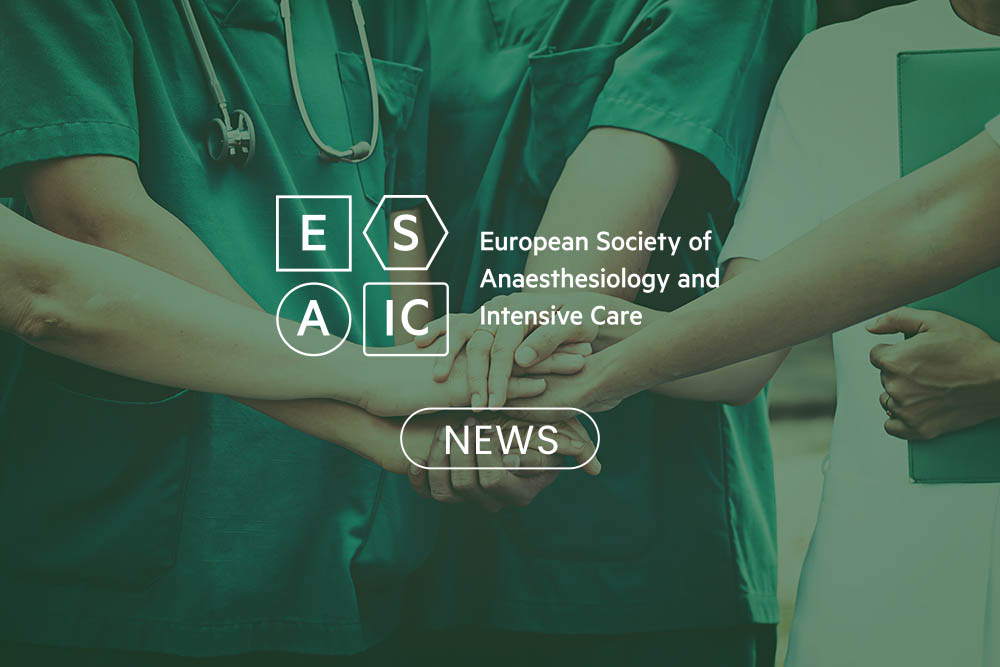Newsletter 2024
Enhancing Patient Safety in anaesthesia
The role of Patient-Centered Precision Care and the Safe Brain Initiative
Anesthesia has long been a cornerstone of safe and effective surgical care. Through meticulous preoperative assessment and planning, advanced intraoperative monitoring, and comprehensive postoperative management, anaesthesia plays a critical role in ensuring patient safety and enhancing surgical outcomes. By emphasising precision and personalised care—through tailoring interventions and optimising treatment plans based on the patient’s needs, considering patient-reported outcomes and feedback, and integrating technological advancements—anaesthetic practices are pivotal in enhancing surgical outcomes and patient comfort and safety (1).
The Safe Brain Initiative (SBI) project was designed to focus on patient-reported outcomes (PROMs) to assess and improve patients’ health, functional status, and the consequences associated with anaesthesia and surgery. The systematic and repetitive analysis of patient results addresses feedback gaps and enhances perioperative care. This approach refines patient-centred, personalised precision care and fosters a safer perioperative environment for all patients (2). The SBI project focuses on developing and improving a global, multicenter, web-based platform that integrates guidelines for teaching, evaluating, visualising, and optimising patient-reported outcomes (PROMs) and adverse events in the perioperative setting.
After the implementation of this guideline-supported SBI approach in four European hospitals, the first 18,697 patients’ results were analysed retrospectively. A significant reduction in the incidence of postoperative delirium in the PACU was shown (Fig 1). This is particularly significant, as patients with POD in the PACU had an average hospital stay that was twice as long as those without. These findings highlight the potential of a structured care-bundle implementation for better patient outcomes. The first results of this international multicenter perioperative approach alongside outcome monitoring showed evidence of the clinical value of the SBI-Care bundle in real-world, clinical-practice settings in the framework of a quality-improvement initiative. (3).
Fig. 1. Trend of monthly POD incidence since the SBI care bundle was initiated. (A) combined patients from Sites 1, 3, and 4; (B) patients from Site 1; (C) patients from Site 3; (D) patients from Site 4.
However, it is noted that there is often a 17-year delay between the initial publication of scientific evidence and its application in real-world settings. This evidence-to-practice gap results in a loss of the research’s impact or novelty, as well as potential resource waste and unnecessary expenses (4). Knowing that implementing a novelty is a big challenge, future research should concentrate on developing implementation strategies to enhance the SBI-CB’s influence on outcomes, resource utilisation, and cost-effectiveness.
Through its affiliation with the ESAIC Research Group, the SBI improves real-world practices and functions as a scientific research tool. ESAIC supports the SBI by officially designating it an ESAIC Research Group, thereby acknowledging its significant contributions to perioperative safety and the enhancement of patient-reported outcomes (PROMs).
In conclusion, patient-centred precision anaesthesia care underscores the importance of addressing the needs of each patient through comprehensive preoperative assessments, continuous perioperative monitoring, and personalised approaches. Implementing standardised feedback systems, patient-reported outcomes, and continuous improvements in safety and quality are fundamental to contemporary anaesthesia practice. The Safe Brain Initiative (SBI) serves as a vital tool in advancing these aspects, with initial results indicating improvements in PROMs. Supported by collaborative programs, precision care emerges as a promising approach to enhancing perioperative care.
Anesthesia is a complex field involving various stakeholders. To enhance patient-reported outcomes, anesthesiologists require clear objectives and aims, well-defined protocols and rules, and effective teamwork within an ethical environment supported by accurate feedback (5). Membership in a large professional society such as ESAIC facilitates implementing, adopting, and disseminating innovations for improved patient results.
We invite all European anesthesiologists to join this movement, to advance PROMs, and to collectively focus on the care of every individual patient.
Author
- Basak Ceyda Meco, Ankara University, School of Medicine, İbni Sina Hospital, Department of Anesthesiology and Intensive Care Unit, Ankara, Ankara University Brain Research Center (AÜBAUM), Turkey. The Safe Brain Initiative Team.
References
- Berger-Estilita J. et al. Patient centered precison care in anaesthesia-Tghe PC square (PC2)appraoch. Curr opin Anesth. 2024; 37: 163-170
- Berger-Estilita J et al. The Safe Brain Initiative: A call for action. Revista da Soceidate Portuguesa de Anesth 2023; 32:105-109
- Meco BC et al. A first assessment of the safe brain initiative care bundle for addressing postoperative delirium in the postanesthesia care unit. J of Clin Anesth. 2024; 97: 111506.
- Lane-Fall M. Inplementation sciencence in perioperative care. Anesthesiol Clin 2018; 36: 1-15
- Meco BC. et al. The way towards ethical anesthesia care: no aim, no game, no fame or blame? Curr opin in Anesth. 2024; 37:432-438








